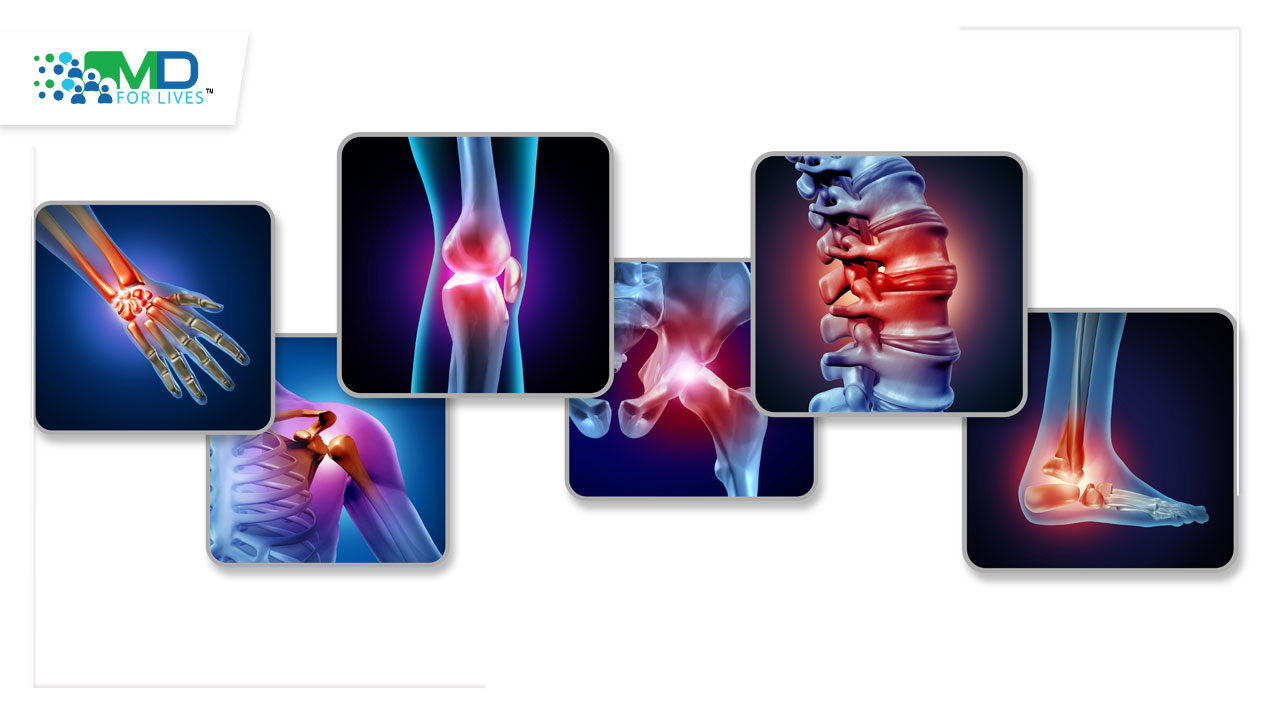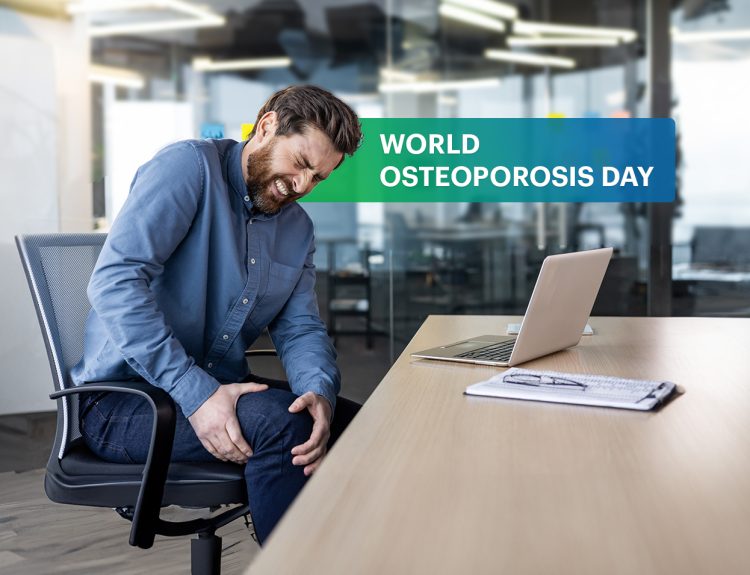Given the demanding and physically taxing nature of their work, healthcare professionals often find themselves at the forefront of battling work-related musculoskeletal disorders (WMSDs). These conditions, ranging from back pain to repetitive strain injuries, not only jeopardize the well-being of healthcare workers but translate into significant financial burdens for healthcare institutions. It results in increased absenteeism, higher compensation claims, and decreased productivity.
The good news is that a proactive approach centered around evidence-based interventions can significantly reduce risk factors for musculoskeletal disorders in healthcare settings.
We will explore these evidence-based interventions in the spirit of the World Day for Safety and Health at Work, held annually on April 28th. The global campaign emphasizes the importance of preventing occupational accidents and diseases, of which MSDs prove to be a pertinent issue within the healthcare sector.
This blog aims to provide a comprehensive understanding of musculoskeletal disorders (MSDs), including the significant risk factors contributing to them, along with evidence-based solutions to create a safe and healthy work environment for healthcare professionals.
UNDERSTANDING THE SCOPE OF THE ISSUE
Data on the prevalence of MSDs in healthcare settings
A recent systematic review conducted in 2023 examined 36 surveys encompassing six healthcare fields: dentistry, midwifery, nursing, osteopathy, physiotherapy, and surgery. The research revealed that world-related musculoskeletal disorders in healthcare workers were most commonly reported in the neck and lower back region across all professions, with prevalence rates ranging from 26.7% to 70.1%. Notably, dentists and surgeons displayed the highest prevalence rates, surpassing 80% for specific body regions. Conversely, physiotherapists, midwives, and nurses demonstrated comparatively lower average prevalence rates, although nurses exhibited the highest prevalence in lower limb joints, exceeding 25%.
Common risk factors contributing to WMSDs among healthcare workers
Musculoskeletal disorders in healthcare workers are often aggravated by prolonged periods of standing and working in slightly bent or twisted postures, leading to strain and injury. The lack of an ergonomic approach to designing workstations and equipment further increases the risk of developing WMSDs.
Additionally, significant risk factors behind most of the reported WMSDs include mental exhaustion, extended absence from the workstation due to illness or injury and the dearth of ample rest.
EVIDENCE-BASED INTERVENTIONS
1. Ergonomic Adjustments
In addition to individual efforts, healthcare institutions must recognize the importance of integrating ergonomic principles into their organizational culture and infrastructure to reduce musculoskeletal disorders among healthcare workers. It entails developing and implementing comprehensive ergonomic policies and practices that address the unique needs of healthcare professionals.
- Firstly, healthcare facilities should prioritize the design of ergonomic work environments that optimize the physical layout of workspaces, ensuring sufficient space, lighting and ventilation to enhance comfort and productivity.
- Secondly, institutions should invest in ergonomic equipment and tools tailored to the specific tasks performed by healthcare professionals, such as adjustable workstations, supportive seating and ergonomic hand tools.
- Thirdly, healthcare organizations should provide ongoing training and education on proper body mechanics and ergonomic best practices to empower staff to mitigate the risk of musculoskeletal disorders.
By fostering a culture of ergonomic awareness and prioritizing the well-being of their workforce, healthcare institutions can not only enhance employee satisfaction and retention but also improve patient care outcomes and operational efficiency.
2. Training Programs
Adequate training in lifting techniques, body mechanics and posture is crucial to prevent musculoskeletal disorders among healthcare workers and promote workplace safety. Therefore, healthcare institutions must host physical therapist-guided training programs that can significantly reduce the risk of strains, sprains and other musculoskeletal disorders commonly associated with repetitive tasks.
There are plenty of other training programs for healthcare workers including workshops and courses that provide hands-on demonstrations, interactive exercises and instructional materials tailored to their needs. Examples may include ergonomic training sessions focused on safe patient handling; online modules covering ergonomic principles and injury prevention strategies, or even workshops integrating practical exercises to reinforce proper lifting techniques and posture awareness in various healthcare settings.
EVALUATING THE EFFECTIVENESS OF INTERVENTIONS
A quasi-experimental study was conducted in 2022 among District Hospital Nurses in Vietnam to evaluate the efficiency of basic interventions, including education and physical exercise, in preventing musculoskeletal disorders among district hospital nurses in Vietnam. This study was carried out over a period of one year among two groups of nurses, one receiving the intervention and the other the control group, revealing significant reductions in MSD prevalence across multiple anatomical sites in the intervention group compared to the control group, suggesting the potential efficacy of these measures in mitigating MSD risks.
These interventions have significantly reduced fatigue, discomfort, and pain among healthcare professionals with work-related musculoskeletal disorders. This further highlights the need for standardized guidelines to implement ergonomic interventions successfully.
Training programs have also played a crucial role in reducing the occurrence and impact of work-related musculoskeletal disorders in the workplace. Through multidisciplinary injury prevention programs, ergonomics, on-site treatment and return-to-work programs, physical therapists have actively contributed to addressing WMSDs. Studies have shown that education, exercise and manual interventions have lowered the rate of WMSDs, which in turn, has reduced associated costs, improved work productivity, and minimized absenteeism.
These findings underscore the importance of integrating physical therapists into occupational health settings as part of a multidisciplinary team to promote injury prevention and management.

Physicians looking to contribute to groundbreaking advancements in healthcare can participate in MDForLives’ paid medical surveys and lend your expertise. Your participation is also duly rewarded. But more than just surveys, MDForLives is also an online community where you can:
- Share your knowledge in discussion forums
- Contribute articles and case studies by sharing your write-up here – collaboration@mdforlives.com
Your unique insights are essential for developing innovative solutions that improve patient care. Make a real difference in shaping the future of healthcare!
REFERENCES:
- Musculoskeletal disorder risk factors among nursing professionals in low resource settings: a cross-sectional study in Uganda
www.biomedcentral.com - Prevalence of Body Area Work-Related Musculoskeletal Disorders among Healthcare Professionals: A Systematic Review
www.ncbi.nlm.nih.gov - Effectiveness of Interventions to Prevent Musculoskeletal Disorders among District Hospital Nurses in Vietnam
www.hindawi.com - Ergonomics Intervention Study of the RULA/REBA Method in Chemical Industries for MSDs’ Risk Assessment
www.typeset.io - The management of work-related musculoskeletal injuries in an occupational health setting: the role of the physical therapist
www.ncbi.nlm.nih.gov

The creative force behind the keyboard, Pallabi crafts narratives of healthcare wonders and research marvels. As a seasoned professional blogger, she ventures to unearth the riches of medical innovation, weaving them into insightful stories that educate.






